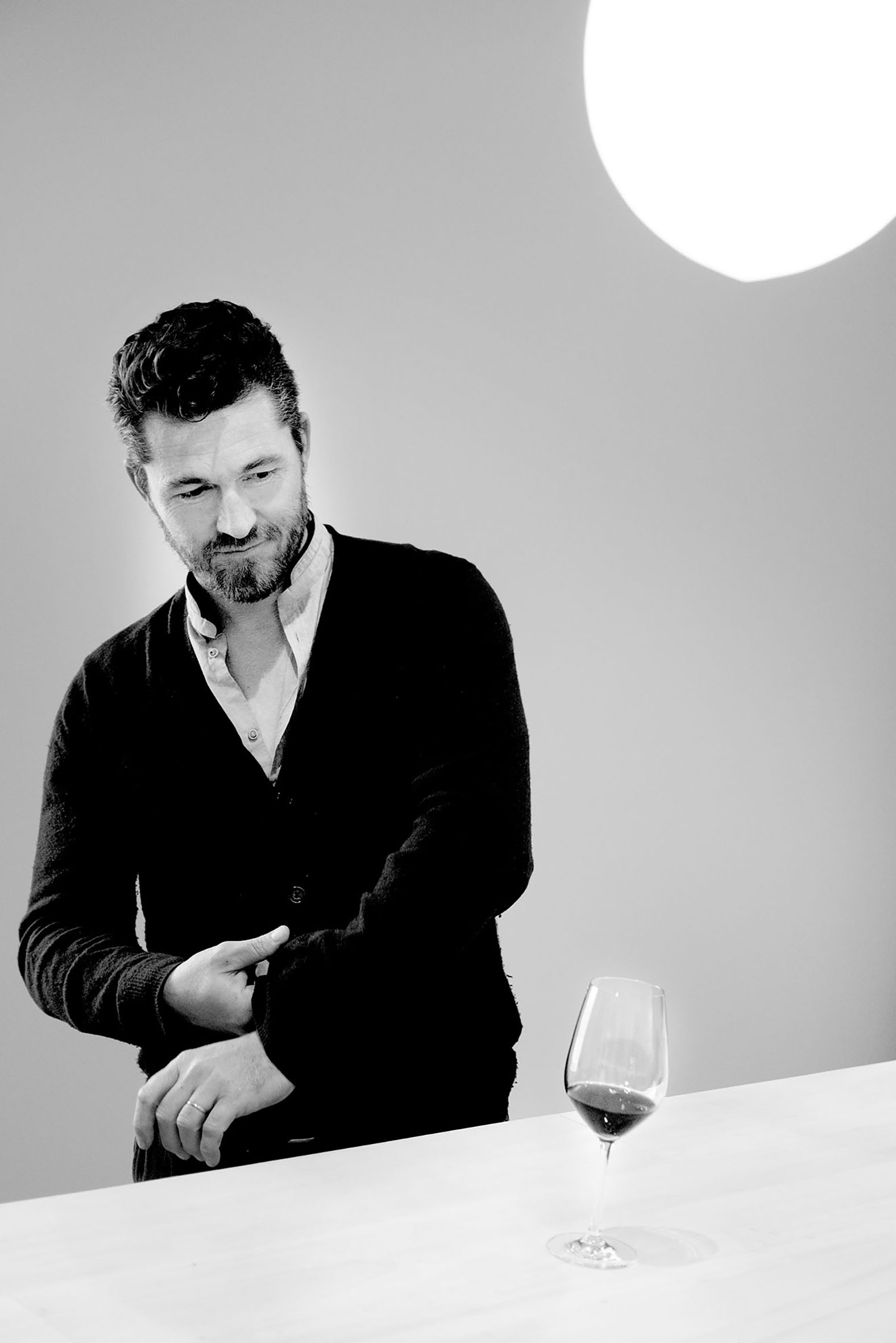21st Mar 2024
The Wertheimer family, owners of the Chanel fashion group, purchased Château Rauzan-Ségla in 1994. Ranked as a second growth in the 1855 Classification of the Médoc, the estate had started looking shabby in the half-century before its purchase. The last thirty years has seen the new team realizing the potential of this Margaux estate, returning it to haute couture status.

Haute Couture
“In 1993, I had some Palmer over lunch, and I then decided to leave Latour for Rauzan-Ségla,” John Kolasa confided to me some years ago.
In that glass of Palmer, Kolasa saw the potential for neighboring Rauzan-Ségla. While he felt the estate’s lowest quality period was between 1956 and 1983, in 1993, he understood it could be so much more. Returning it to its former glory would be a life-challenge worth embracing.
Kolasa resigned from Latour at the end of March 1994 and took up his position at Rauzan-Ségla on July 1st of that year. Arriving at the neglected estate amid a difficult vintage was daunting. “There was not even a computer on the property when we first started,” Kolasa said. “We did some crop thinning and cleaned up the winery because it was filthy. Then we drew up plans for changes.”
The initial changes, backed by a capital injection from the new parent company, included sorting tables and new tanks for smaller batch fermentations. From 1994 to 2006, the estate harvested by hand into baskets on the harvesters’ backs, performing much of the sorting in the vineyard. This developed into smaller and smaller picking crates and more selection in the winery in order to vinify with greater precision. In 1995, Kolasa introduced the second wine, called Ségla. The cellars and winery were completely renovated. All this led to a cleaner, more consistent Rauzan-Ségla in the vintages immediately following Chanel’s takeover.


But the key to truly turning any property around is improving the vineyards. One of the cornerstones of Kolasa’s ambitions for the estate was transforming the previously neglected vineyards with a strict replanting regime for the diseased/eutypa-affected vines. Replanting the historic, original plots began in 2010, initiating a higher density of 10,000 vines per hectare, as opposed to 6,500 previously. The team also installed a new drainage system. From 2011, a soil study project was undertaken to understand the plots better. Consequently, each designated plot is now harvested separately, and sometimes, several pickings are made within one plot.
When Kolasa arrived, there were only 50 hectares of original vineyard land at Rauzan-Ségla. By 2015, a further 30 hectares had been purchased, greatly increasing not just the potential volume, but selection options.
As anyone in the wine production business knows, vineyard restoration is an achingly slow process. The rewards of significant vineyard changes are hardly reaped by the sowing generation. It can take at least a decade and often many more years before the improvements are recognized in the wines.
In 2015, just over 20 years after embarking on his incredible ambitions for Rauzan-Ségla, John Kolasa retired, handing the baton over to a bright, young winemaker who had previously worked in Argentina for the wine division of the LVMH group: Nicolas Audebert.
I was slightly taken aback when I first met Audebert shortly after assuming his new position as General Manager of Rauzan-Ségla and Château Canon. Chanel could not have chosen a more different face to follow in Scottish Kolasa’s measured, utilitarian footsteps.
In his early 40s, French-born Audebert was bright-eyed and energetic with an infectious nothing-is-impossible attitude.
Since 2015, Audebert has grasped the baton from Kolasa and run with it. Not only has he kicked the precision in the winery up a few notches, but he and his team have continued to fine-tune vineyard management with measures such as adapting their clonal material to complementary soil types. They observed the impact of row orientation and started replanting in places with a north-to-south orientation to minimize extreme sun exposure. From 2024, the vineyard will be certified organic.
A few weeks ago, I tasted every Rauzan-Ségla vintage from 2000 to 2020 at the Château. The early standouts were the outstanding vintages of 2005, 2009, and 2010. But from 2015, a whole new haute couture level of sophistication and layered complexity became apparent.
The Wertheimer family and their team approached the no-compromise redevelopment of this estate with patience and long-term vision, and the results are impressive.
-
Article & Reviews by Lisa Perrotti-Brown
Photography by Johan Berglund

PRODUCERS IN THIS ARTICLE
> Show all wines sorted by scoreMore articles

Cathiard Vineyard New Releases
02nd May 2024
3 tasting notes

Bordeaux 2023 Preliminary Vintage Report and Reviews from Barrel
29th Apr 2024
56 tasting notes

2021 Bordeaux in Bottle and A Modest Proposal
24th Apr 2024
599 tasting notes

Pilcrow’s New Releases
18th Apr 2024
7 tasting notes
Show all articles